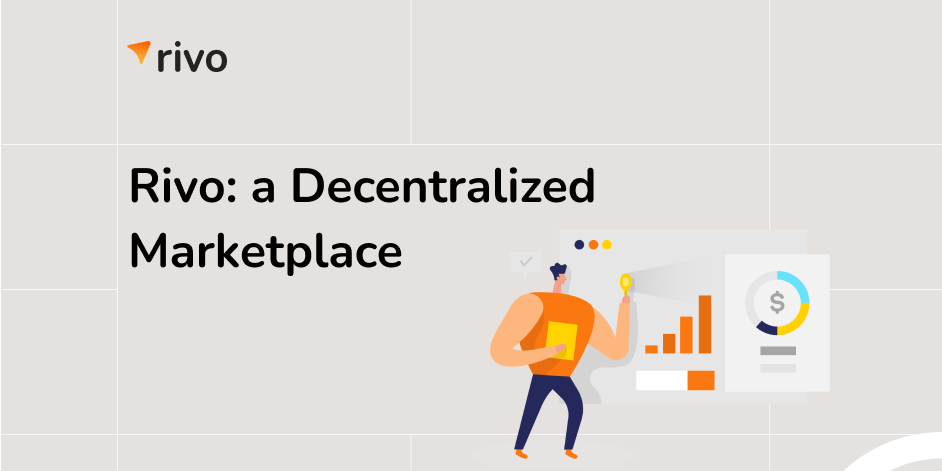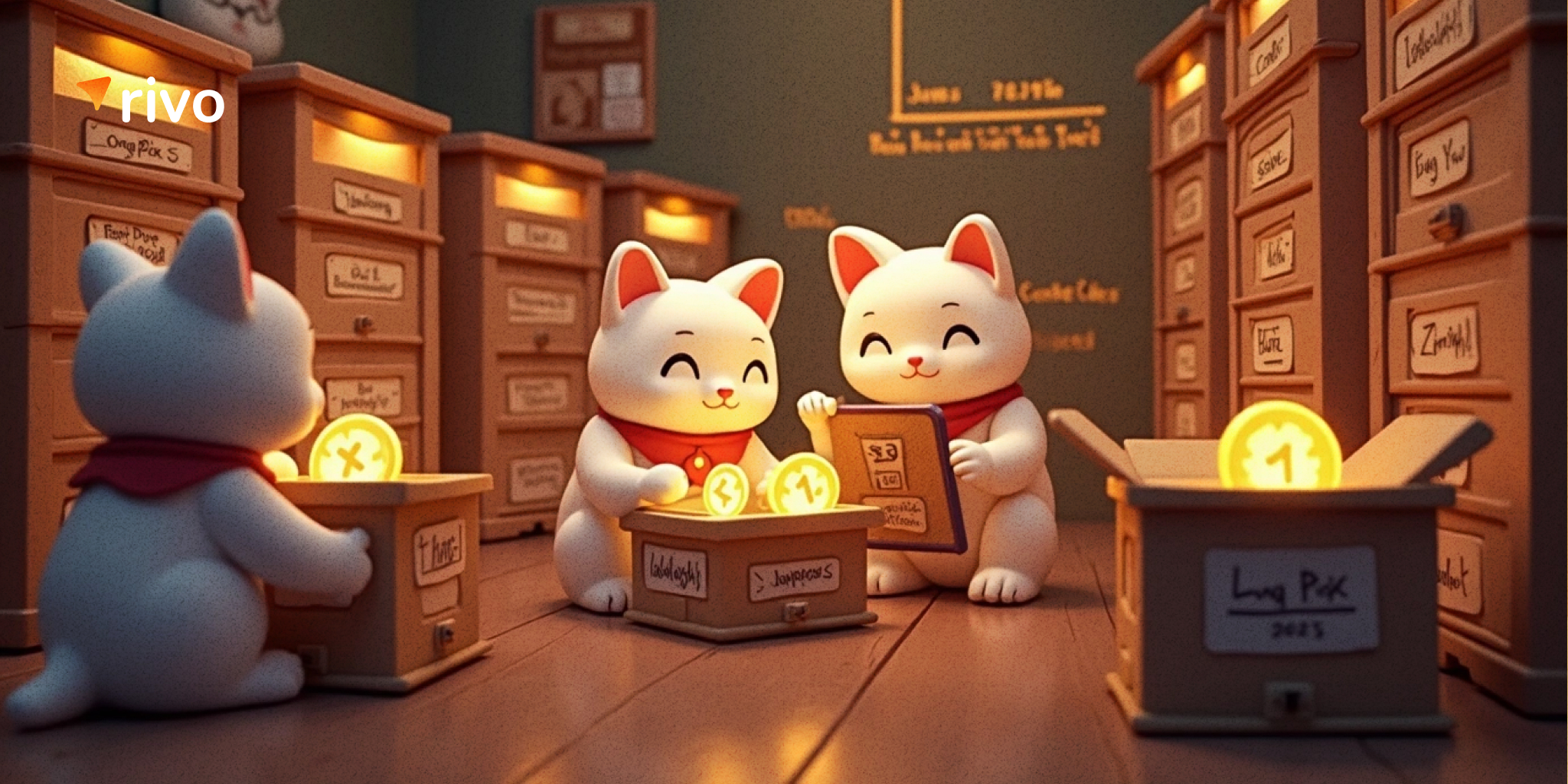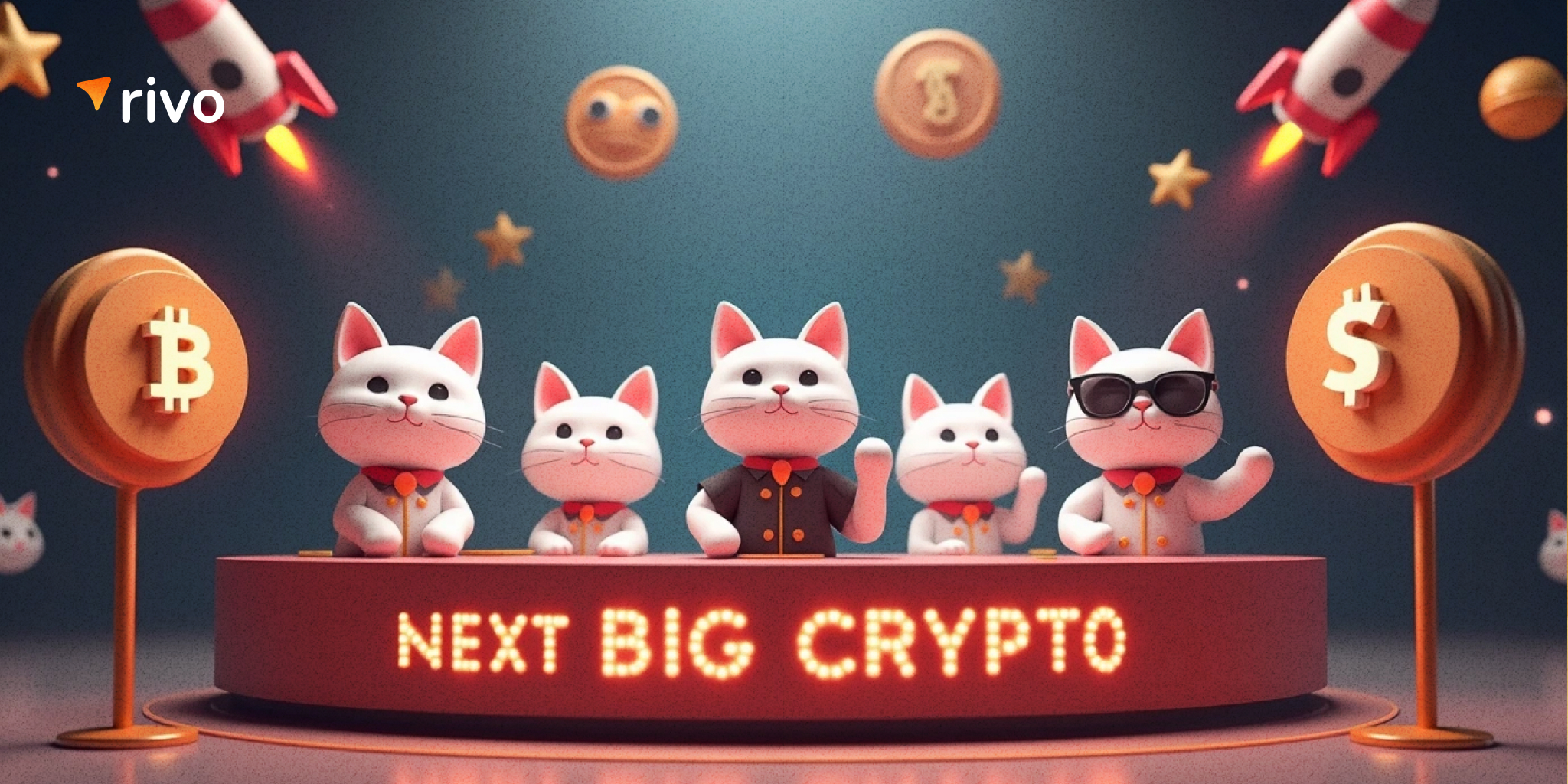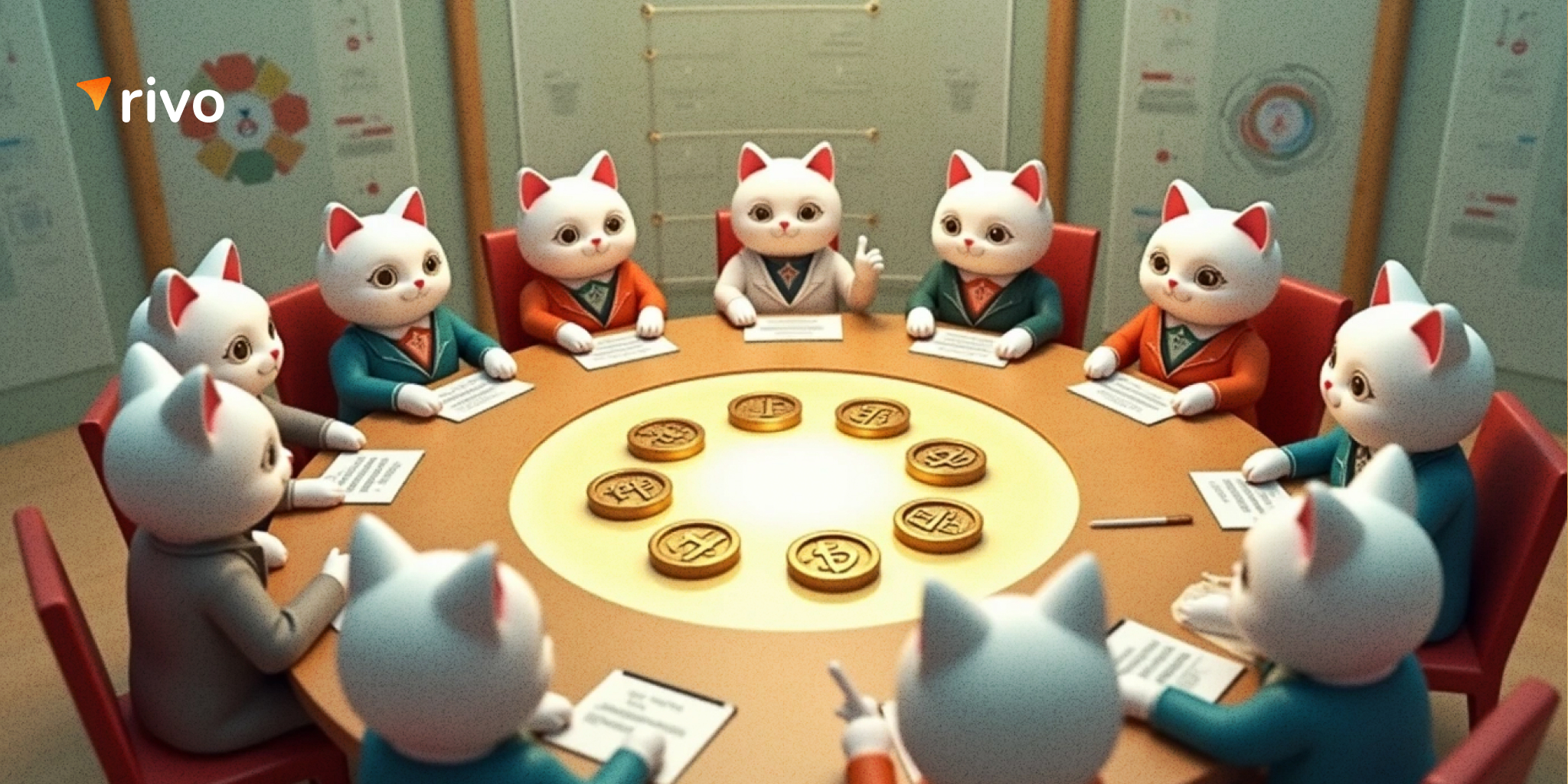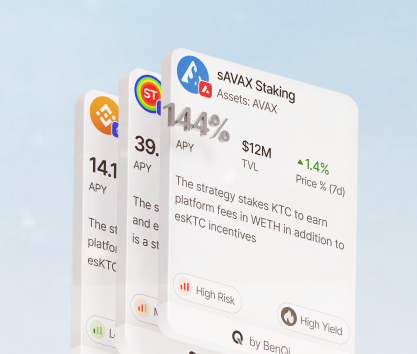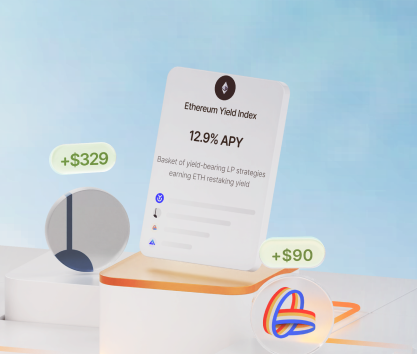Introduction
Decentralized finance (widely known as DeFi) protocols provide a wide range of financial services operating through smart contracts. A DeFi protocol offers decentralized exchange services, loans, and liquidity pools, that run with smart contracts on a blockchain. All you need to access and use them is a crypto wallet and some cryptocurrencies for paying your transaction fees.
DeFi revolutionizes the traditional financial landscape and creates many evolving opportunities for people around the globe. It eliminates third parties, opaque schemes widely spread in a traditional finance matrix, making the finance sector less corrupted, and creating new passive income opportunities for everyone.
However, there are some limitations in the DeFi, and a DeFi marketplace sounds like a decent answer to emerging challenges.
Quick Fact:* DeFi protocols deliver decentralized financial services through smart contracts and charge fees for that. If the DeFi project’s revenue increases, it gets more users and liquidity.*
DeFi: the Present
Tokenization of all major assets is coming. That’s a question of the nearest ten-fifteen years when real estate, U.S. Treasures, Treasury Bills, stocks, and global reform of traditional finance will be our new reality. Even it’s
difficult to predict how all those evolving opportunities will develop, as they always do it gradually, that’s just a question of time and being prepared. What does it mean?
The matter is that currently, the DeFi market is far too complicated:
- invaded with myriads of protocols, so that it’s rather difficult to choose from all those options;
- there is no such thing as a unified methodology of risk assessment;
- the risks are so varied and new that it’s almost impossible to both evaluate and predict them.
As a result, we have a financial landscape drowning in protocols experimenting with new technologies, financial models, risk assessments, and so on and so forth. It’s almost impossible to make a head or tail of it, but the one even doesn’t need to do that.
Obviously, the main source of liquidity comes from retail or institutional users but for doing this, they should have their personal DeFi analysts who help them to navigate which is rather perplexing if not even impossible.
They say that history moves in a spiral and all the events of history are repeated, so if we went back to the 70s, we could find a similar experience. The first indices such as S&P-500 made something really new with a traditional economic model – it democratized the U.S. investing process making it possible for retail users to invest. Consequently, a market gained trillions of U.S. dollars thanks to people who entered the market and started to actively invest.
Quick Fact*: S&P-500 is a stock market index that measures the performance of approximately 500 companies in the U.S.*
DeFi: the Future
The DeFi will become a place where people earn passive income. It’s the place where money generates more money. To illustrate that, let’s remember the Ethereum staking that brings you 4-5% APY almost without any risks involved. Another eloquent example is real-world assets (or RWA), U.S. Treasures, and Treasury Bills that are tokenized and become accessible to DeFi users in different forms. It could be investing in DAO backed by hedge funds or in a stablecoin backed by treasures. Thus, it creates a basic layer of income generation and inspires teams to build blockchains, protocols, and models which as we also mentioned above makes it bewildering to enter the market.
The current solution is a DeFi marketplace, which is an entry point for the best DeFi investment parameters with comprehensive analytics, metrics to make investment decisions with transparent statistics, and convenient entering and monitoring of the position. It creates a meta-level upon the DeFi market with no protocol or blockchain limits but only access to the cream of the DeFi market. This is wrapped into an account abstraction wallet with a habitual Web2 user experience.
Quick Fact:* Treasury Bills (or T-Bill) is a short-term debt obligation issued by the U.S.*
How Does Rivo Open the DeFi Up?
The global mission of the Rivo DeFi marketplace is to democratize the DeFi narrative for a user. We aim to achieve that by simplifying the current DeFi interface and aggregating all the most profitable DeFi opportunities so that an investor could manage their assets and portfolio from the comfort of one app without leaping from one protocol to another.
The Rivo marketplace is a harbor for all the most beneficial DeFi offerings tailored to our users’ financial needs. It holds investment strategies thoroughly selected by our professional DeFi analytics and eliminates all the pain points one can experience when trying to start their crypto investment journey.
By making a puzzling DeFi narrative simple and crystal clear yet containing all the most advanced financial opportunities such as investment strategies, exposure to indices, essential dashboards, and the latest analytics, we kill two birds with one stone. This is all for reshaping the current DeFi and making it more about real financial freedom and democracy which is to help our users gain passive income in a 1-click manner.
To learn more about how the Rivo team is aiming to reach this ambitious goal, more on account abstraction, and other top-notch features implemented in our wallet is in our next article.
Don’t lose your chance to hop on the future of finance with the Rivo DeFi marketplace and follow us on: Discord | Medium | Mirror.

